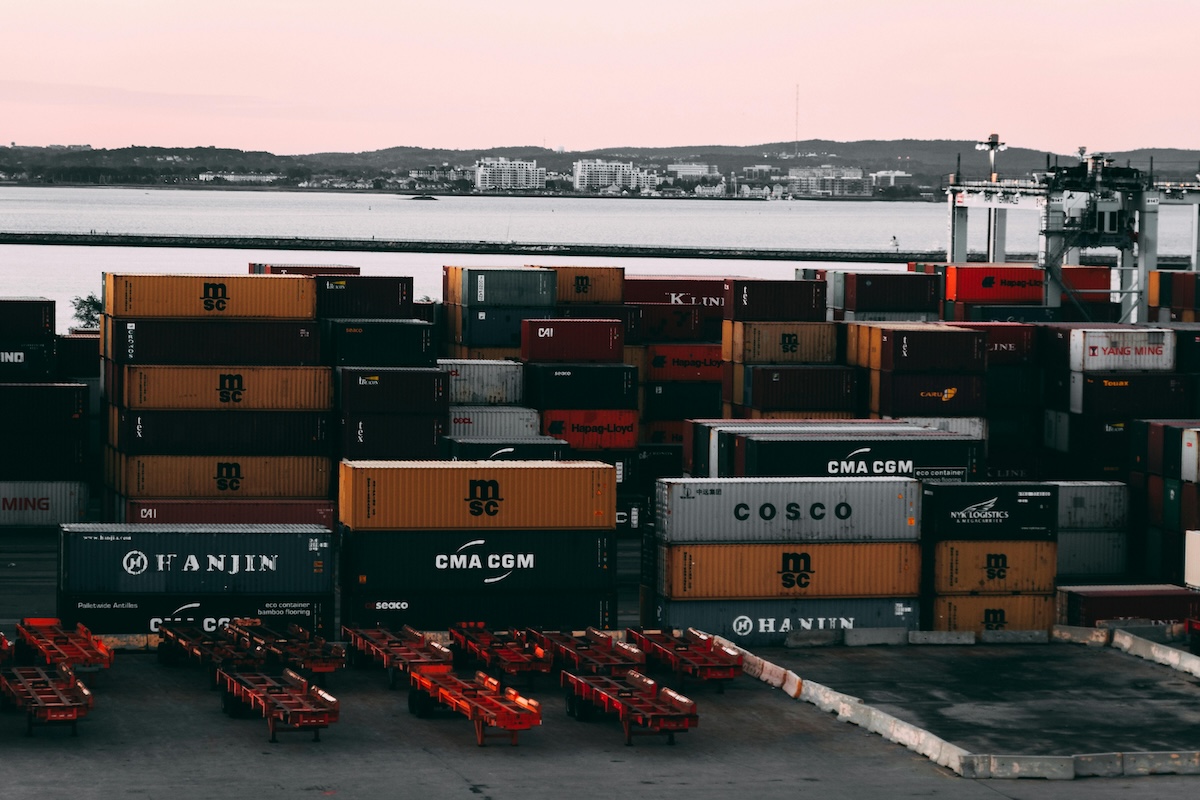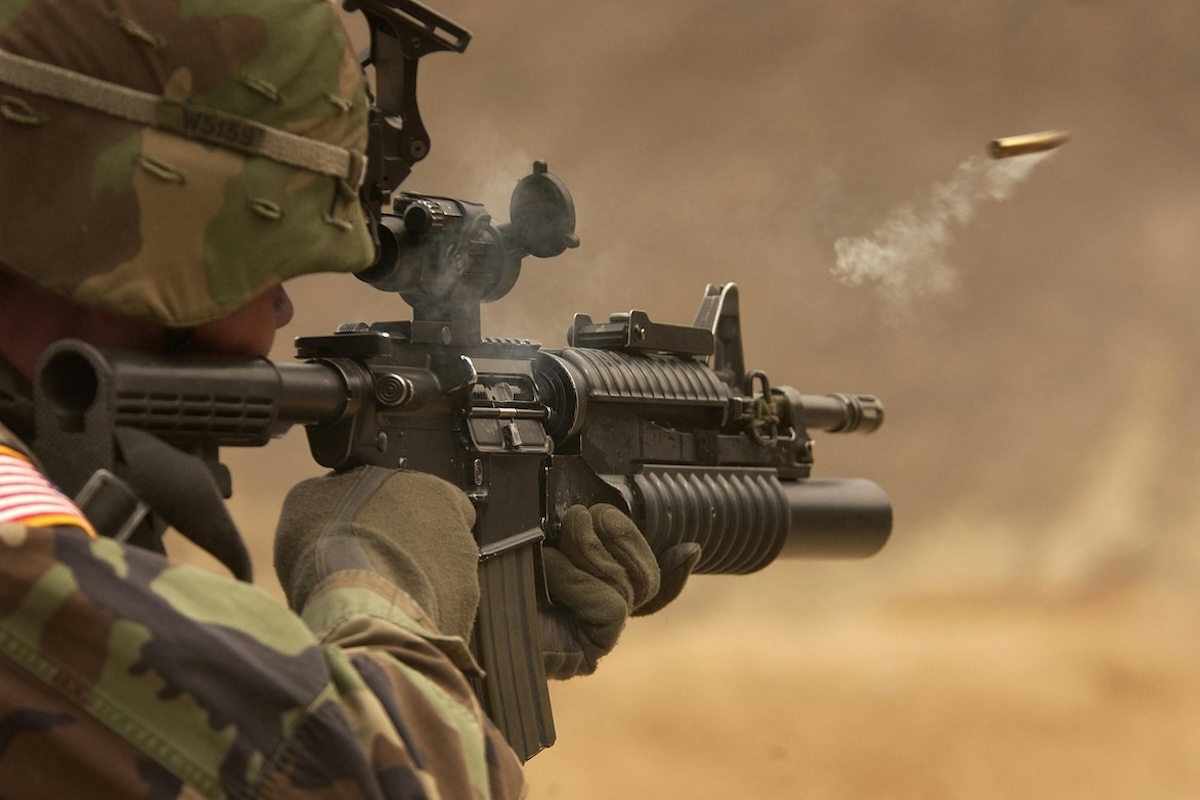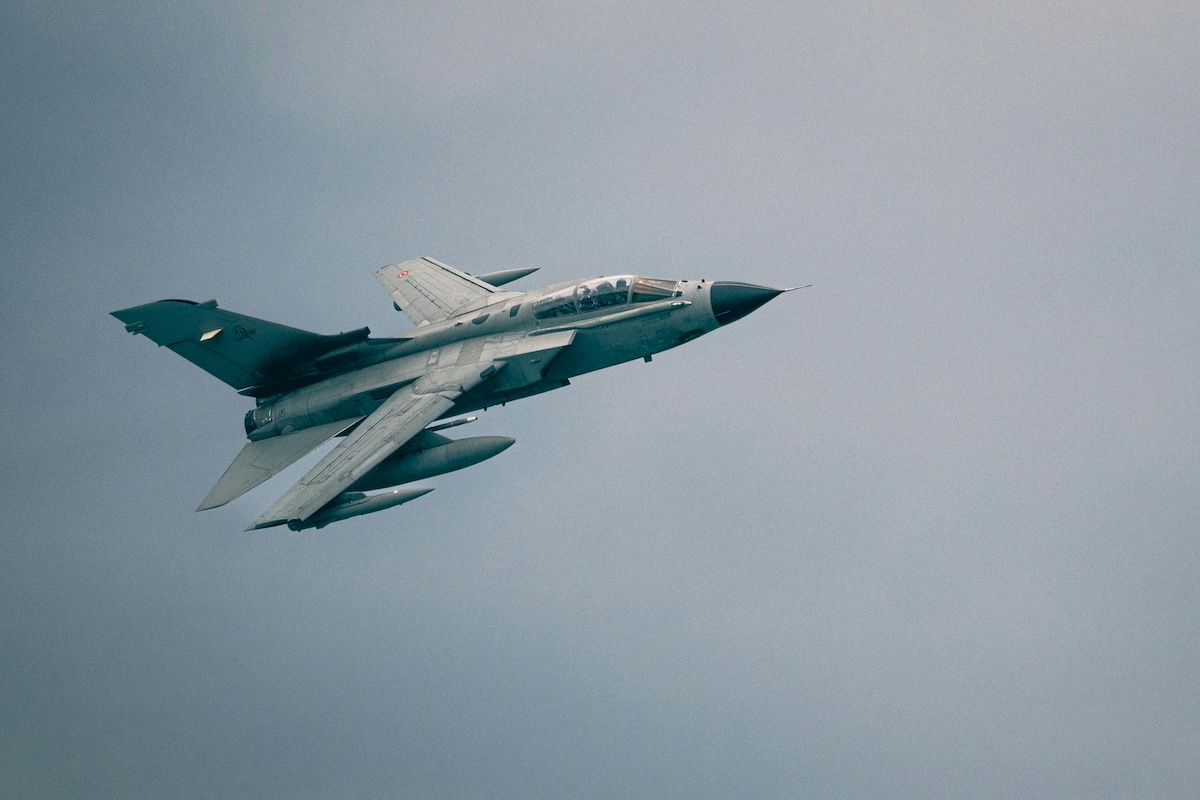“Technology” – Part II: Development, Production, & Use

Happy New Year, folks! I’ve kept you in suspense long enough, so here it is – Part II of our blog series in understanding “technology” controlled under the EAR.
In Part I, we looked at the fundamentals of the concept of controlled technology – its definition, the General Technology note, and an illustrative example. To recap briefly, “technology” is information, in any tangible or intangible form, necessary for the “development,” “production,” or “use,” of an item.
In this Part II post, we’re going to break down those three types of technology (“development,” “production,” and “use”) and see how they are applied in practice.
Let’s start with development technology. Pursuant to Section 772.1 of the EAR, “development” is related to all stages prior to serial production. For example, development stages include design, design research, design analyses, design concepts, assembly and testing of prototypes, pilot production schemes, design data, the process of transforming design data into a product, configuration design, integration design, and layouts.
The threshold to meet development technology is relatively low since any design data related to controlled hardware or software could arguably be caught by the definition of “development.” The critical distinction is whether the design data is necessary or “required” (another defined term which we’ll parse in the next installment of this series) for the development of a controlled commodity.
Next up is production technology. “Production” means all production stages, such as product engineering, manufacture, integration, assembly (mounting), inspection, testing, and quality assurance. Similar to development technology, production technology is broad in its application, especially considering that the definition encompasses common integration and assembly data.
Finally, we get to technology for the use of controlled items. “Use” means operation, installation (including on-site installation), maintenance (checking), repair, overhaul and refurbishing. Use technology is notably different from development and production technology thanks to a qualifying note provided by the drafters of the EAR:
Note: If an ECCN specifies one or more of the six elements of “use” in the heading or control text, only those elements specified are classified under that ECCN.
The key thing is specificity. If one or more of the six elements are identified in the ECCN, then only those aspects can be controlled. If none are called out specifically however, then they ALL must be included for the “use” definition to be met.
This is an important point and BIS provides a helpful FAQ on the matter:
Q: For technology to be “use” technology, must it include all six elements of the definition of “use” in § 772.1, i.e., operation, installation (including on-site installation), maintenance (checking), repair, overhaul and refurbishing technology?
A: Yes. However, if an ECCN specifies one or more of the six elements of “use” in the heading or control text, each element specified is classified under that ECCN.
With that setup, let’s take a closer look at these various types of technology with some examples. Say we have a flap actuator, “specially designed” (a topic for another blog!) for a FAA civil certified aircraft, not specified elsewhere on the CCL, and therefore controlled by ECCN 9A991.d.
Now say we have a datasheet with dimensions and materials, an OEM guide on how to assemble various parts and components into the actuator, and a service bulletin with specific maintenance information. Are these documents controlled “technology”? If so, what type?
To make these determinations, we must review the ‘9E’ ECCNs to see if and how any related technology is controlled. ECCN 9E991 controls “technology” for the “development,” “production” or “use” of equipment controlled by 9A991 or 9B991.
Since the datasheet includes design data (i.e., dimensions and materials) necessary for the development of the flap actuator, the datasheet will likely constitute controlled development technology. Similarly, the OEM guide will likely constitute controlled production technology because it contains information necessary for the assembly of the actuator.
What about the service bulletin? Could it be “use” technology? The text of ECCN 9E991 only mentions “use” technology generally, without making specific mention of any of the six elements of “use.” Accordingly, the service bulletin would have to include ALL six types of requisite information, that is, operation, installation, maintenance, repair, overhaul, AND refurbishing of the actuator for the document to constitute controlled use technology.
By way of contrast, say instead we have a service bulletin for an actuator “specially designed” for a 9A610.a military aircraft, with the actuator being 9A610.x. The text of ECCN 9E610 controls “technology ‘required’ for the ‘development,’ ‘production,’ operation, installation, maintenance, repair, overhaul, or refurbishing of military aircraft and related commodities controlled by 9A610 . . .” Note in this instance that the ECCN heading specifies the six elements of “use.” Therefore, even if the service bulletin only contains information required for the repair of the actuator but none of the other elements of “use,” it nonetheless will constitute controlled use technology because of the categorical specificity of this ECCN entry.
Hopefully you’re not left scratching your head quite as hard as you were after Part I. By the end of Part III, you’ll have excellent small talk ready for your next cocktail party.










